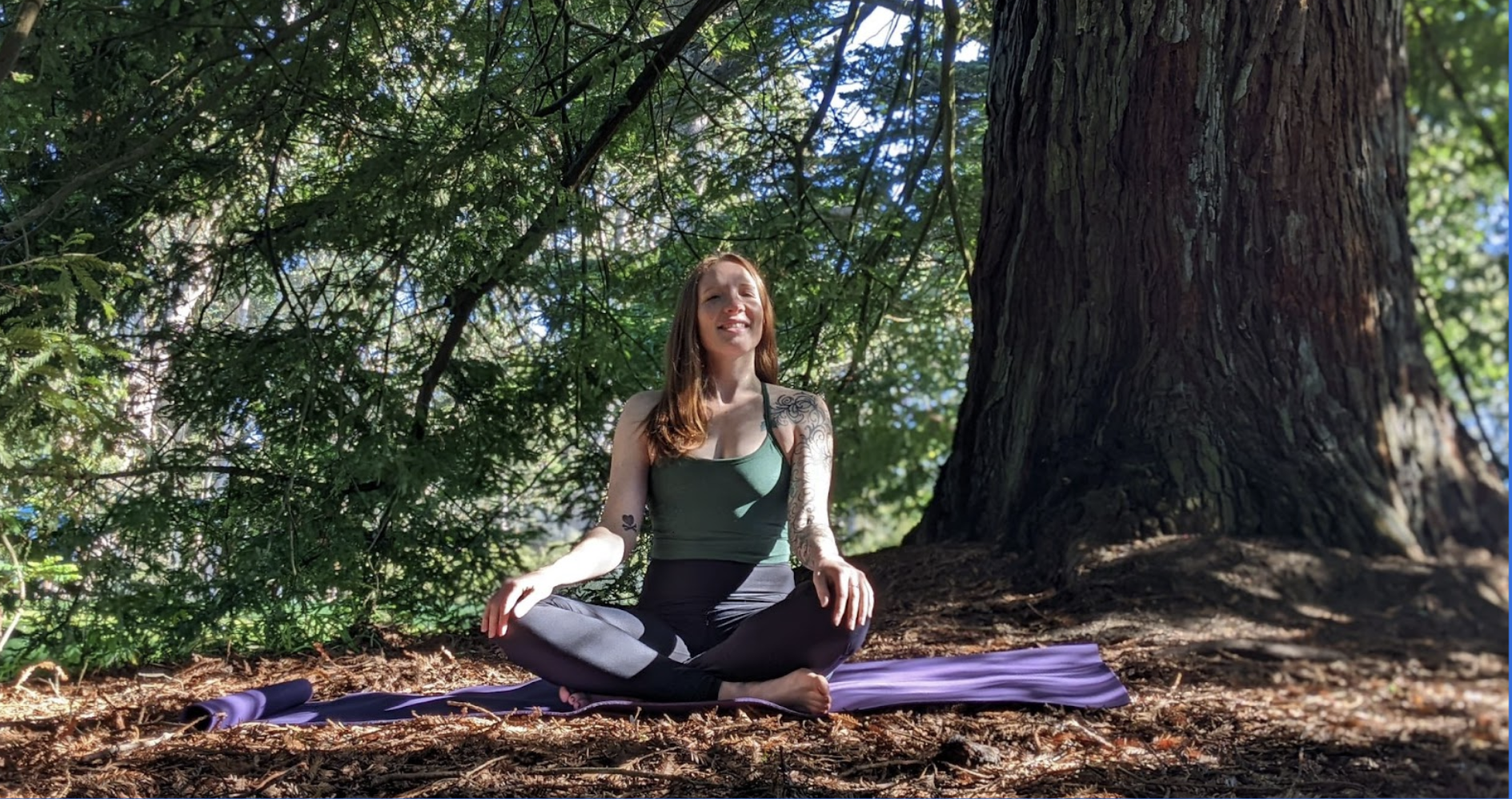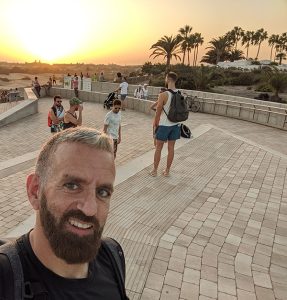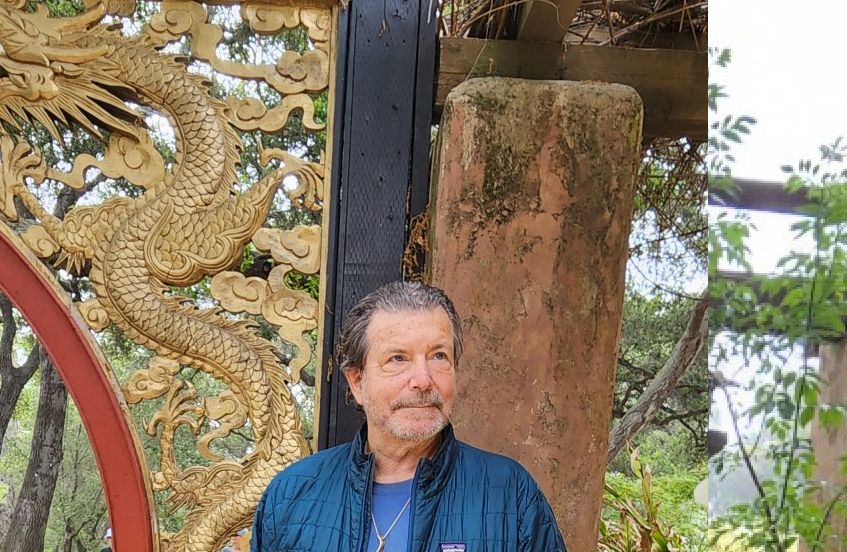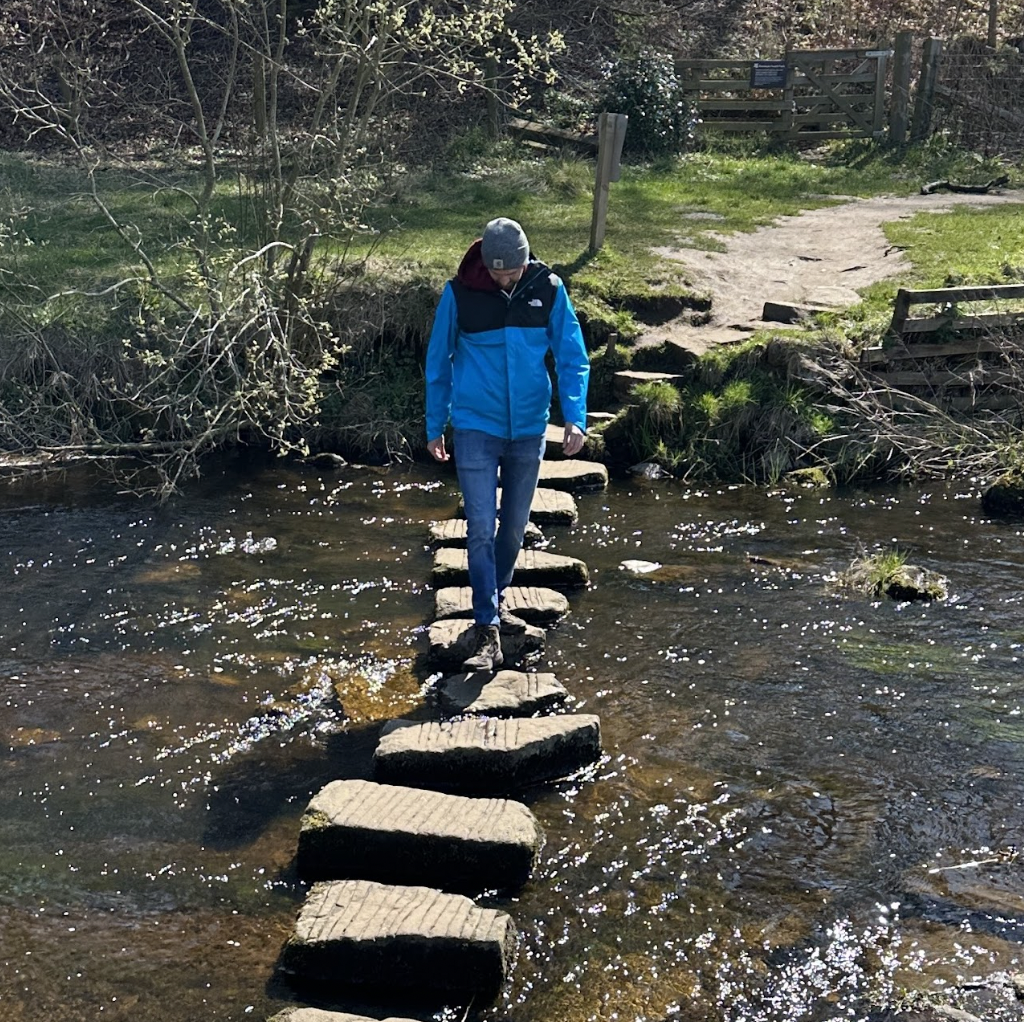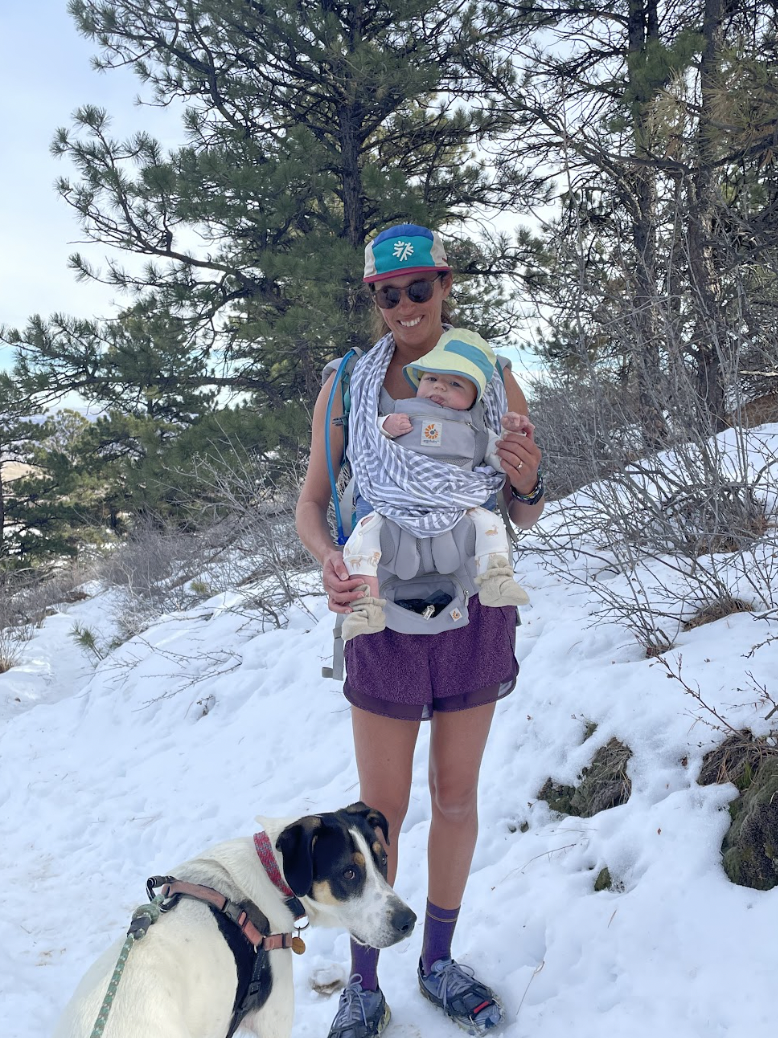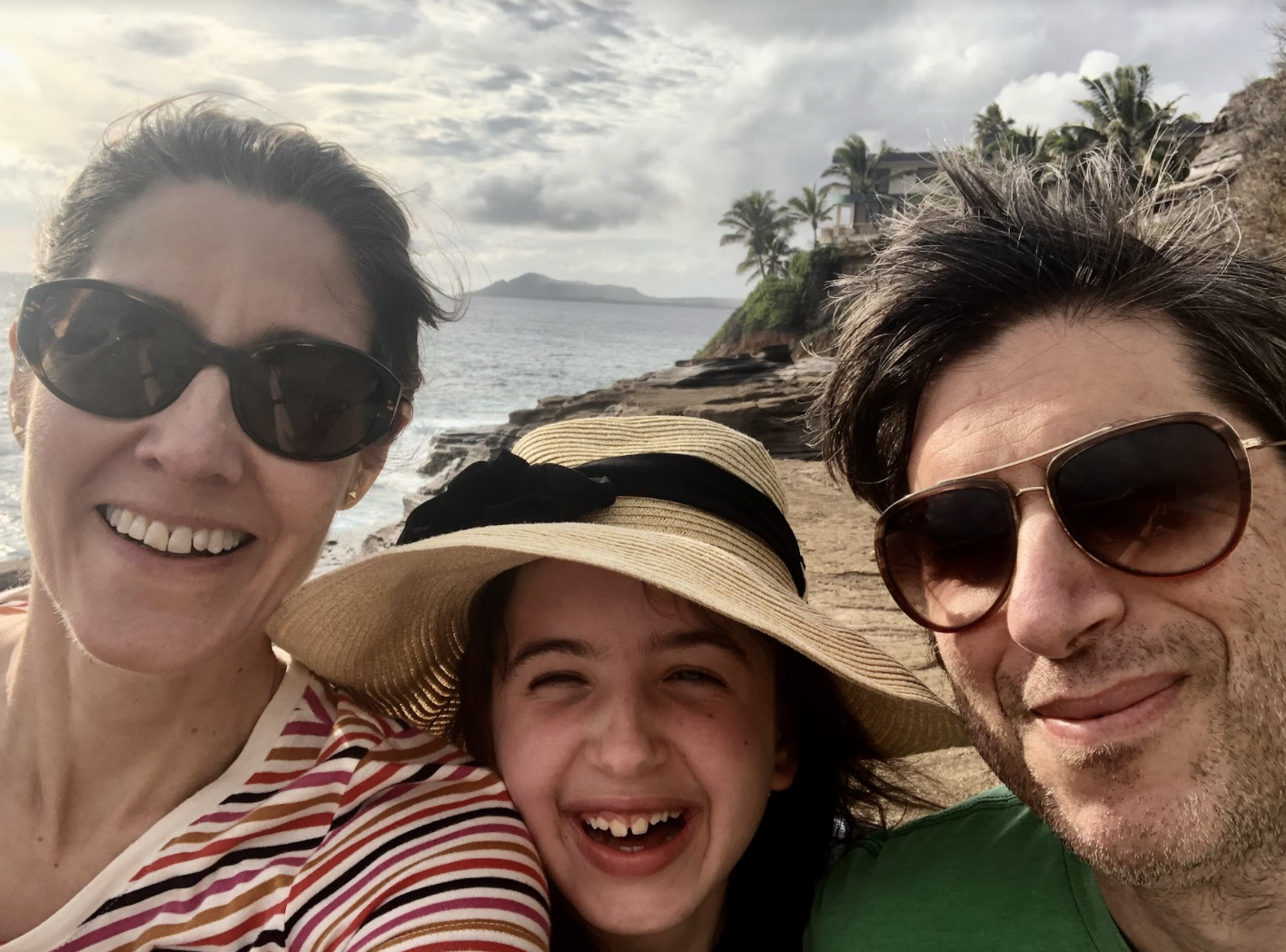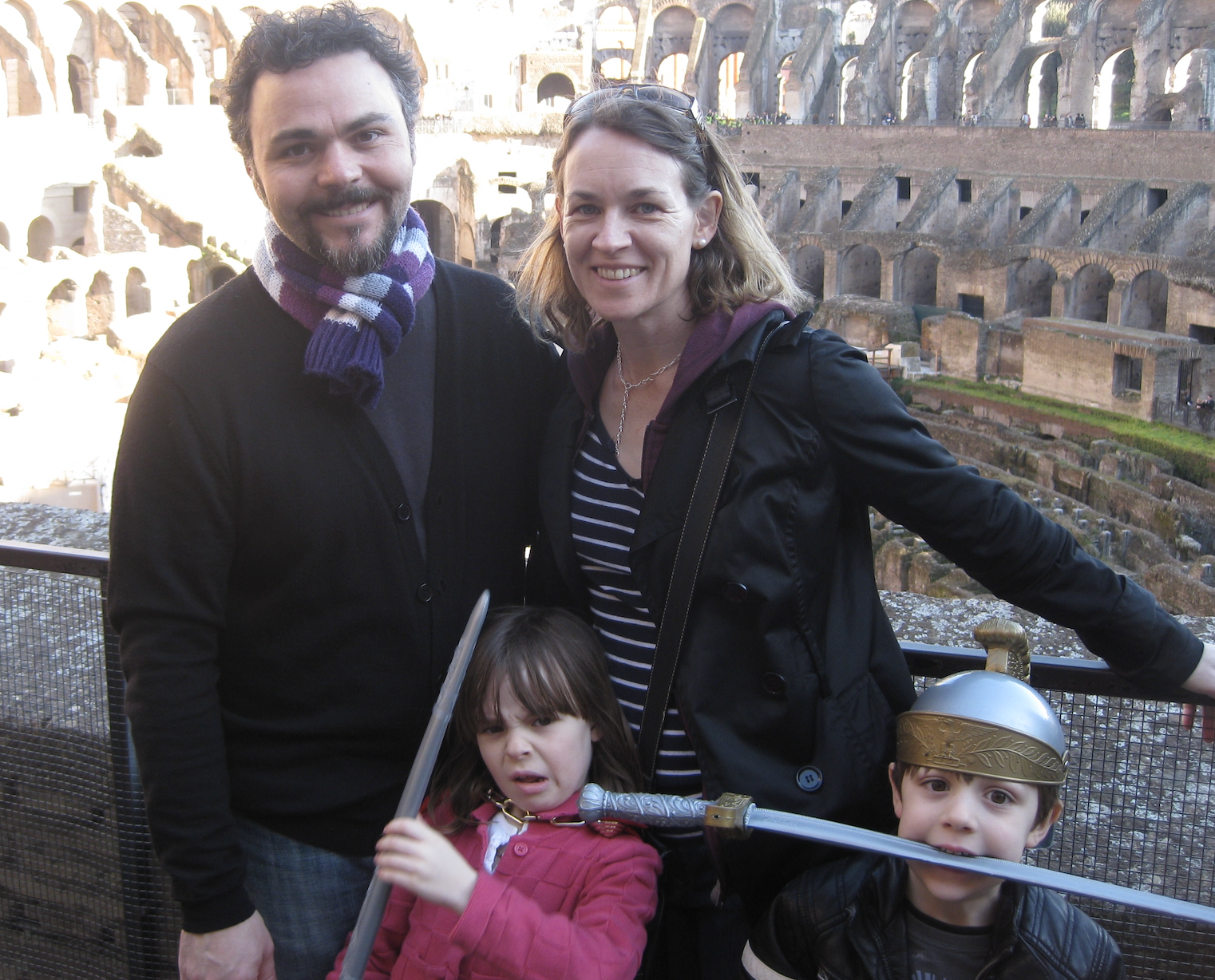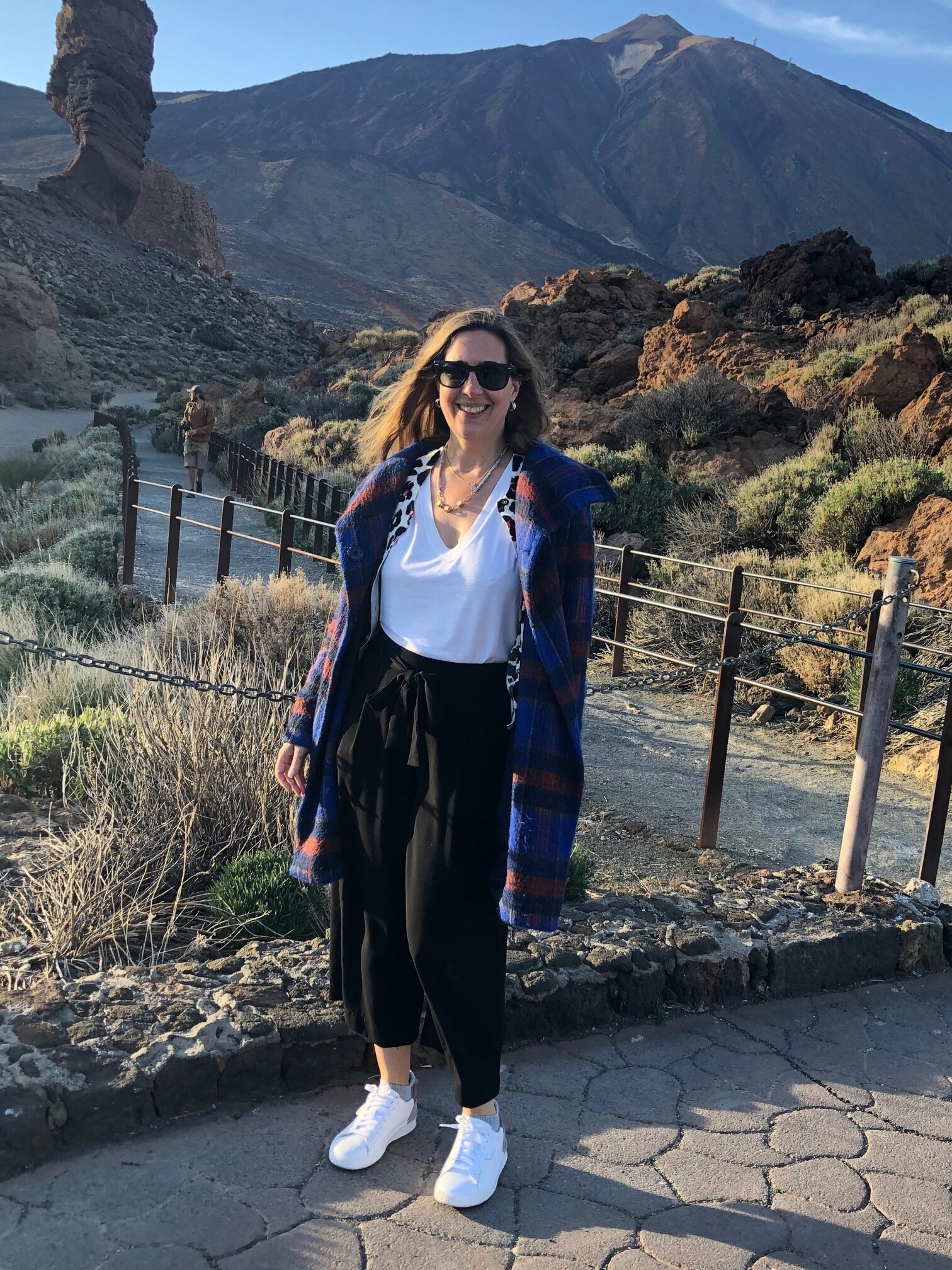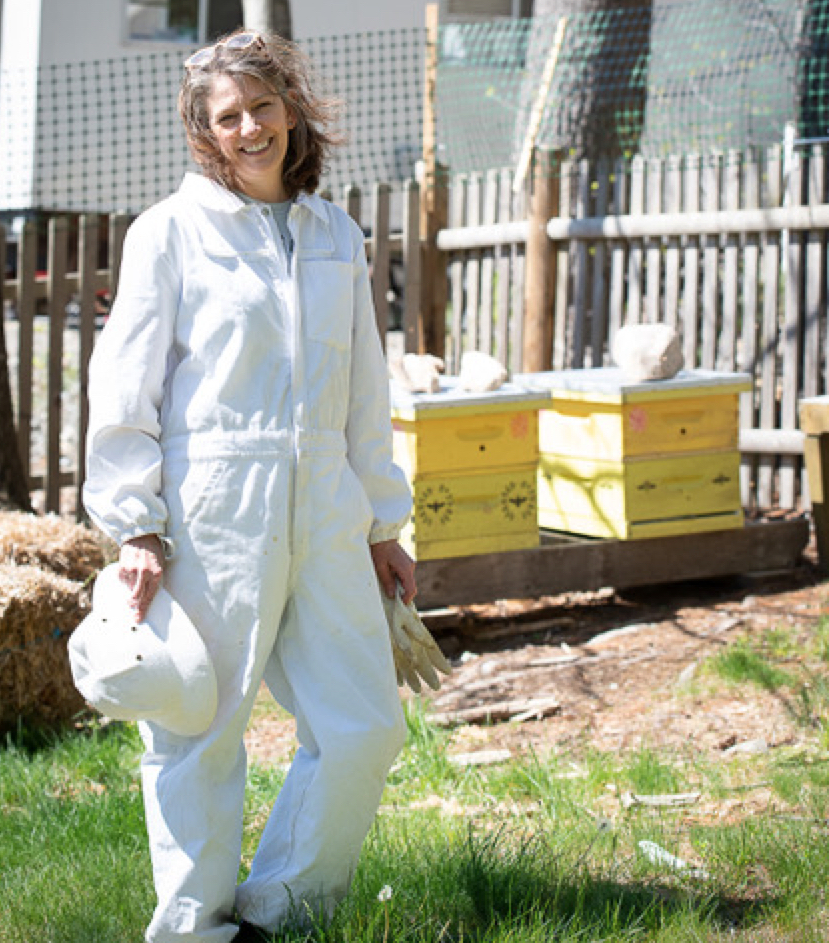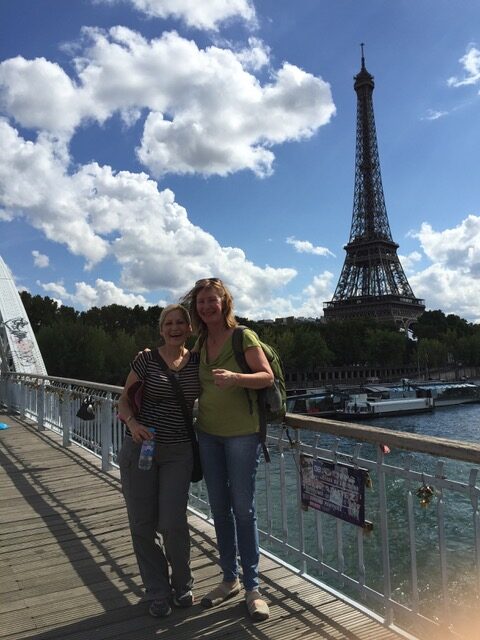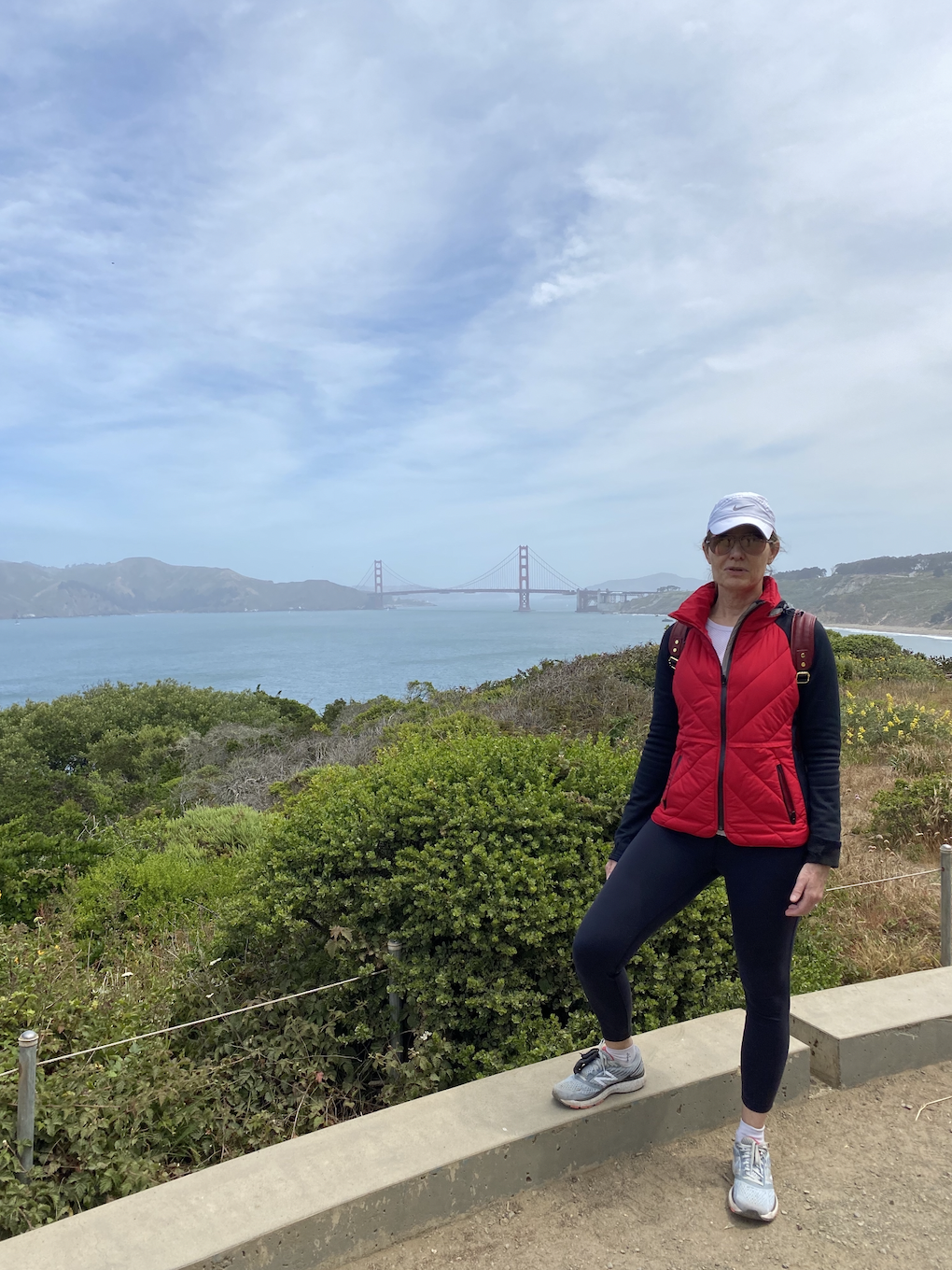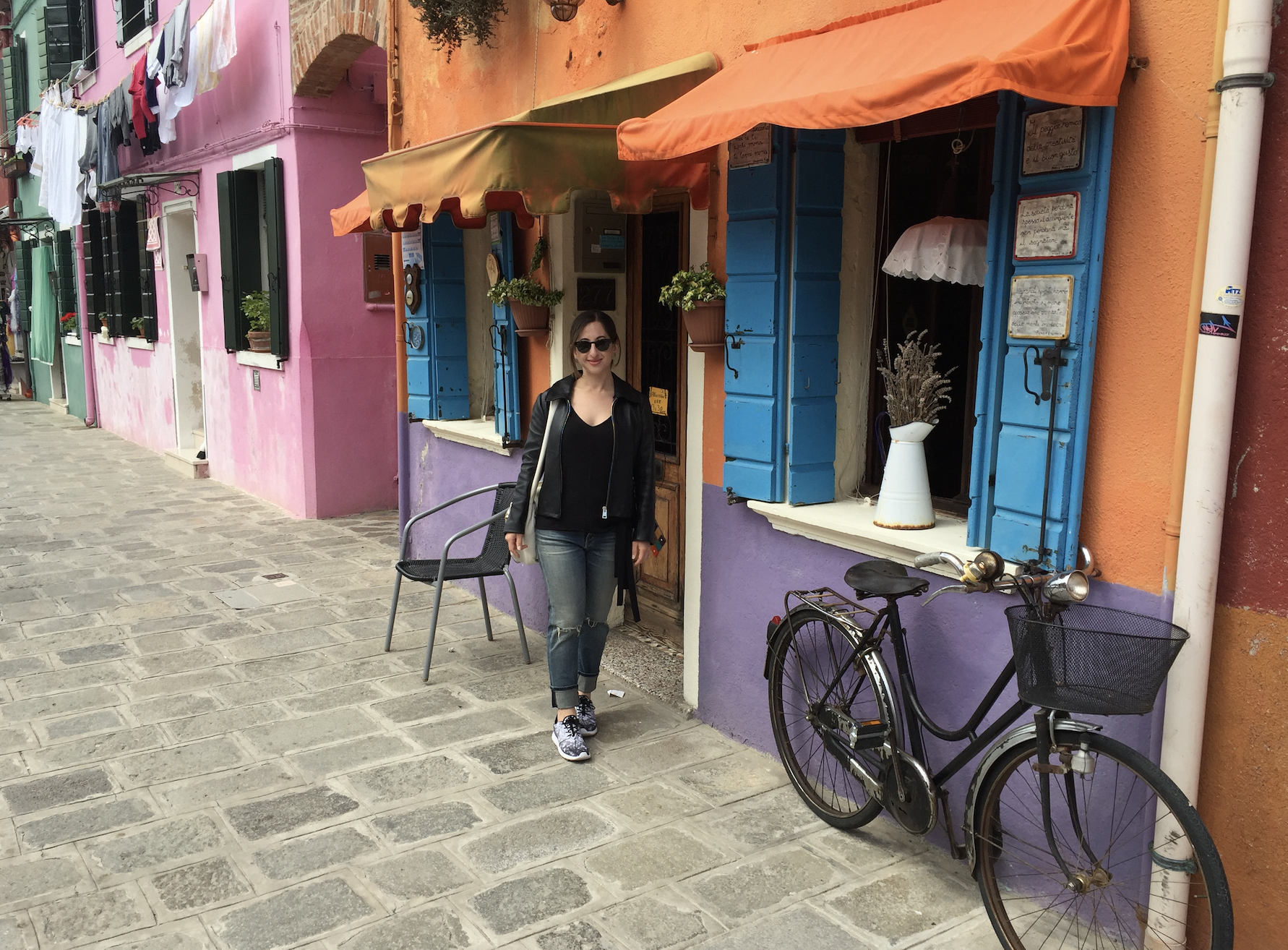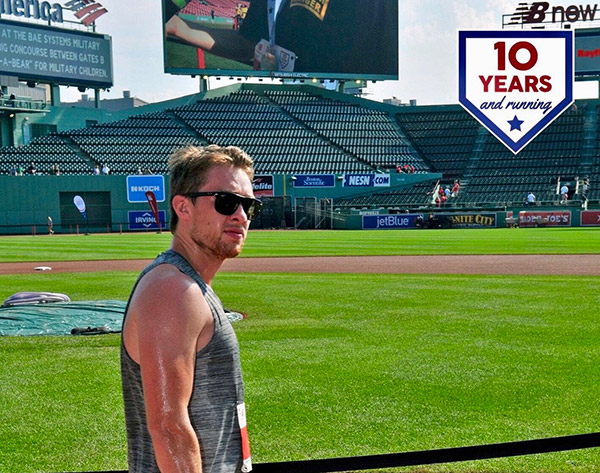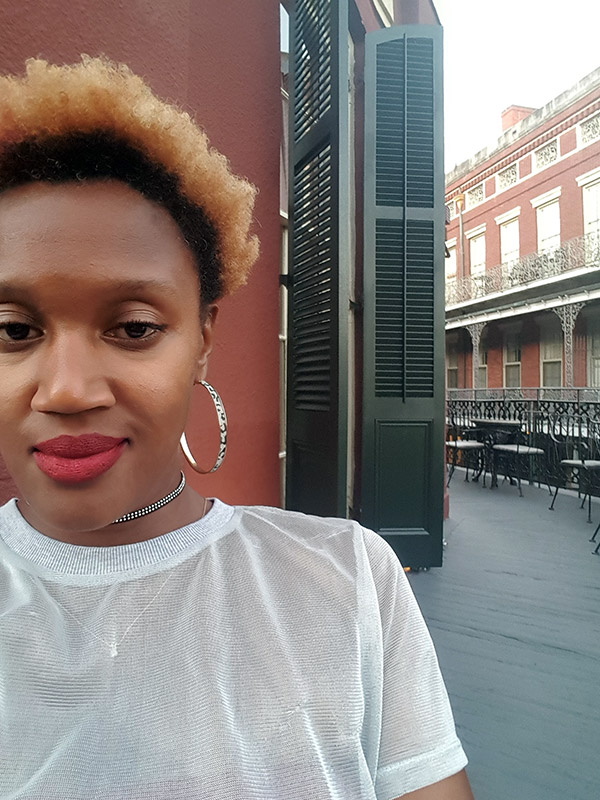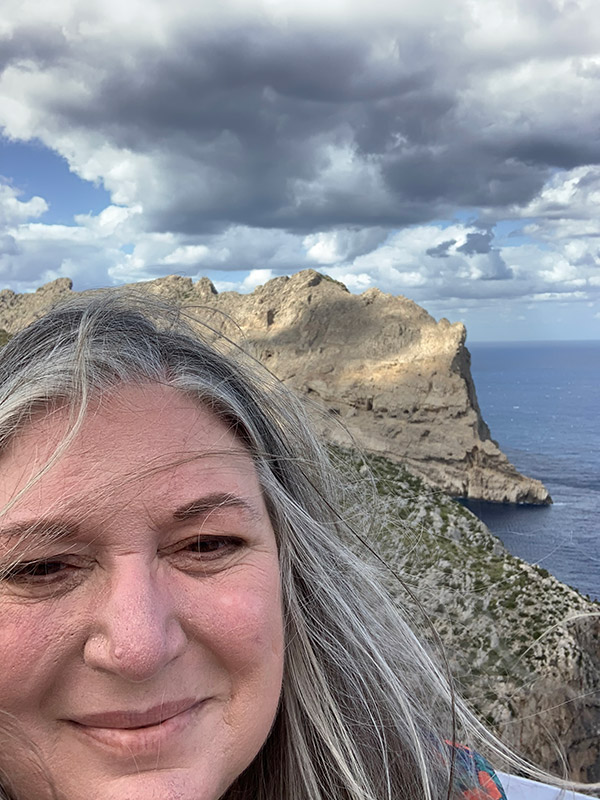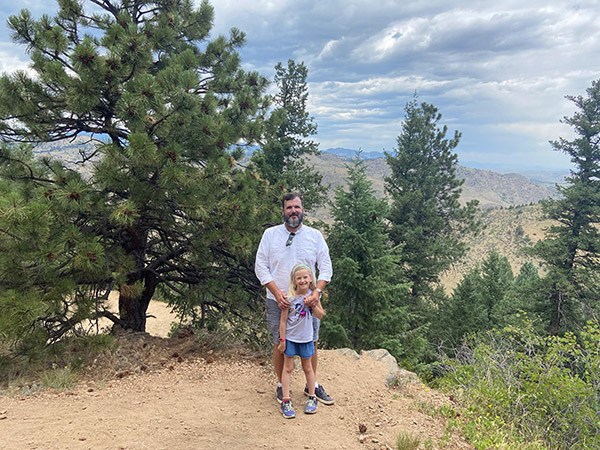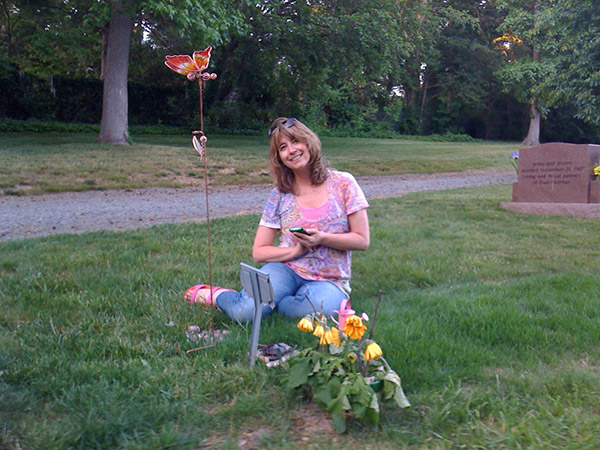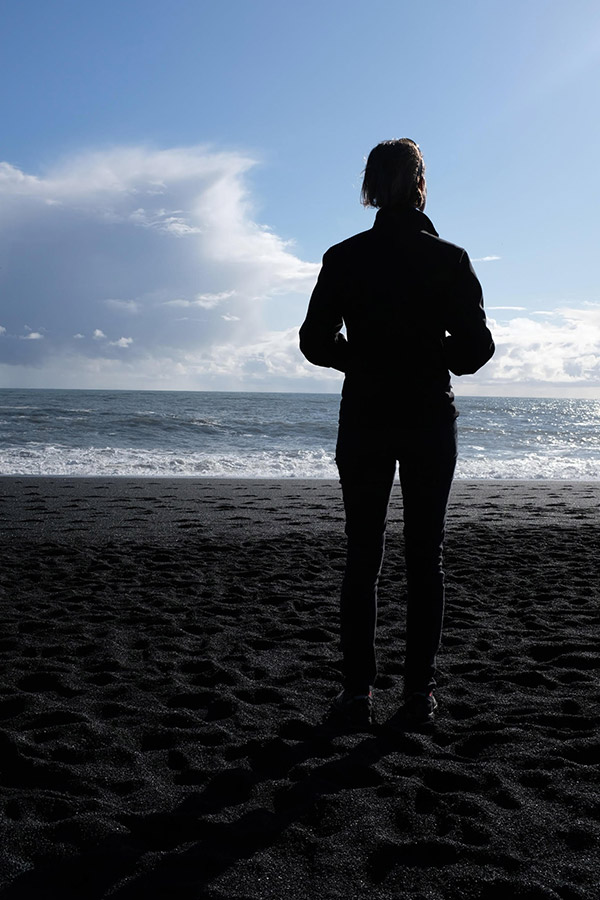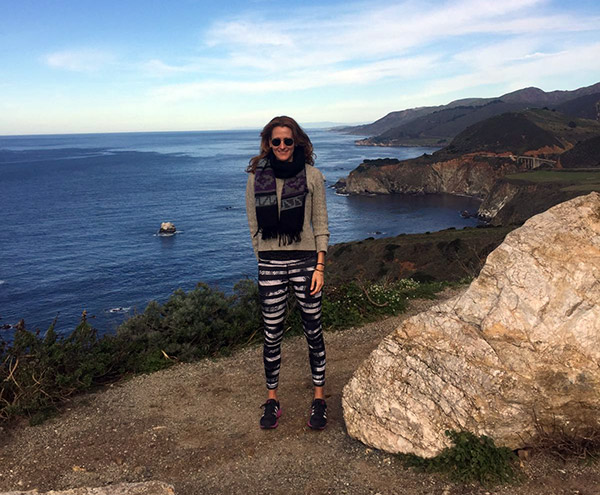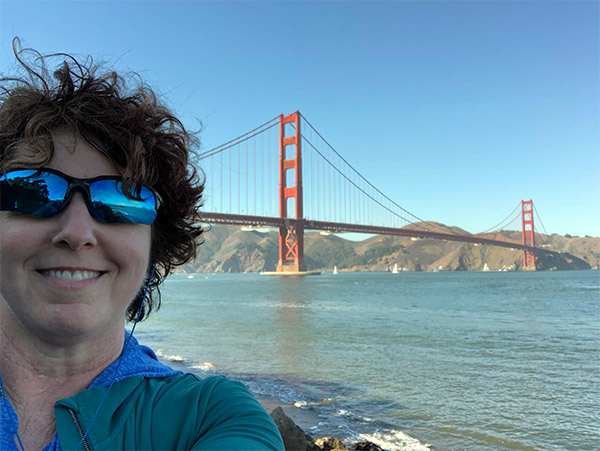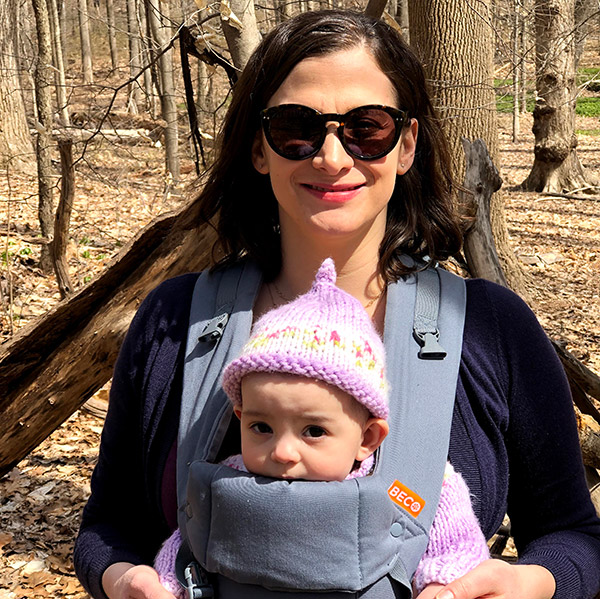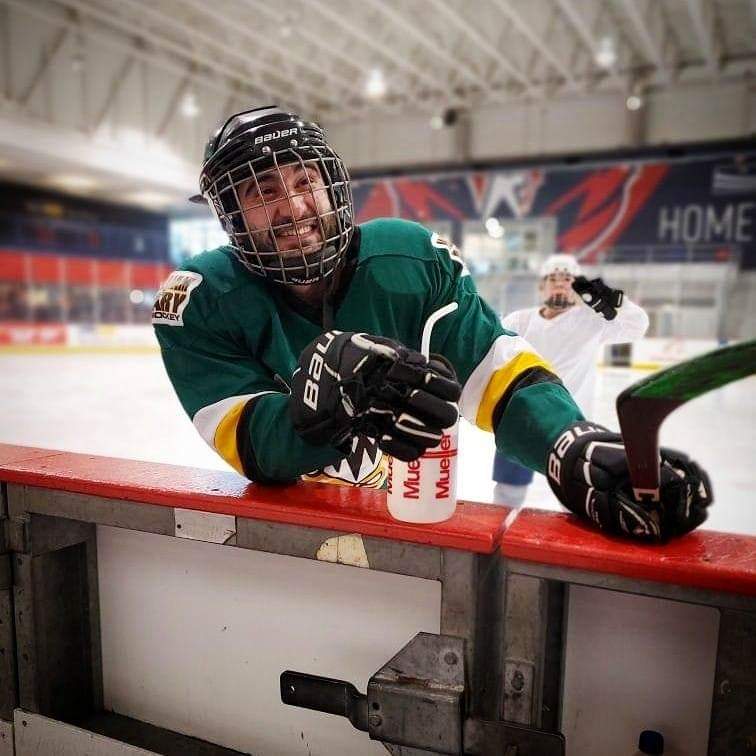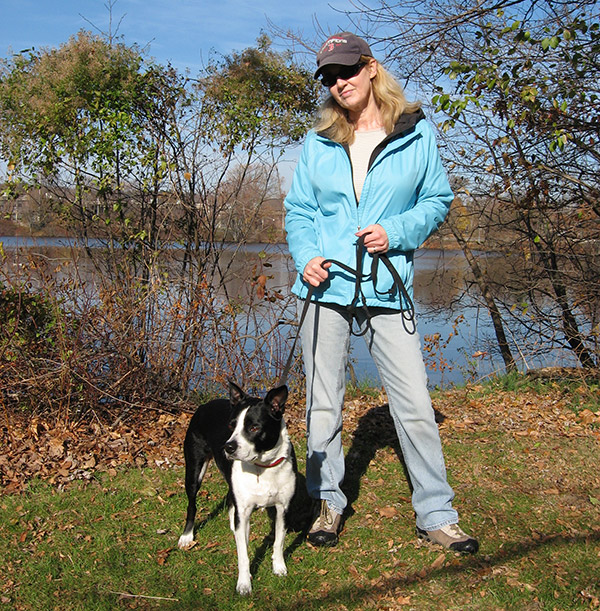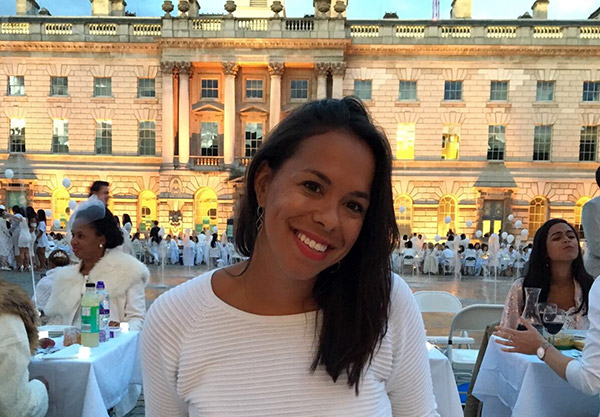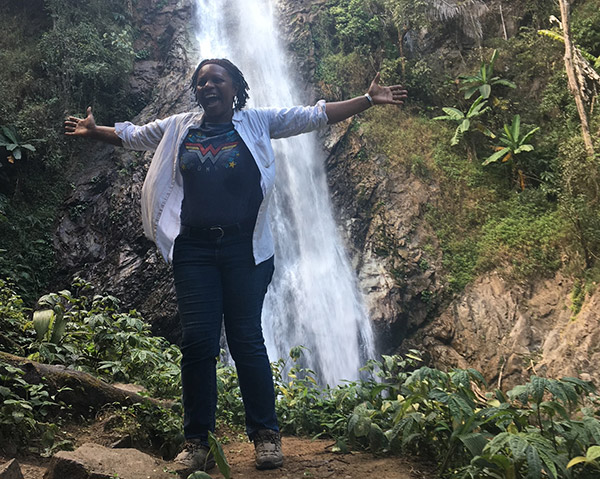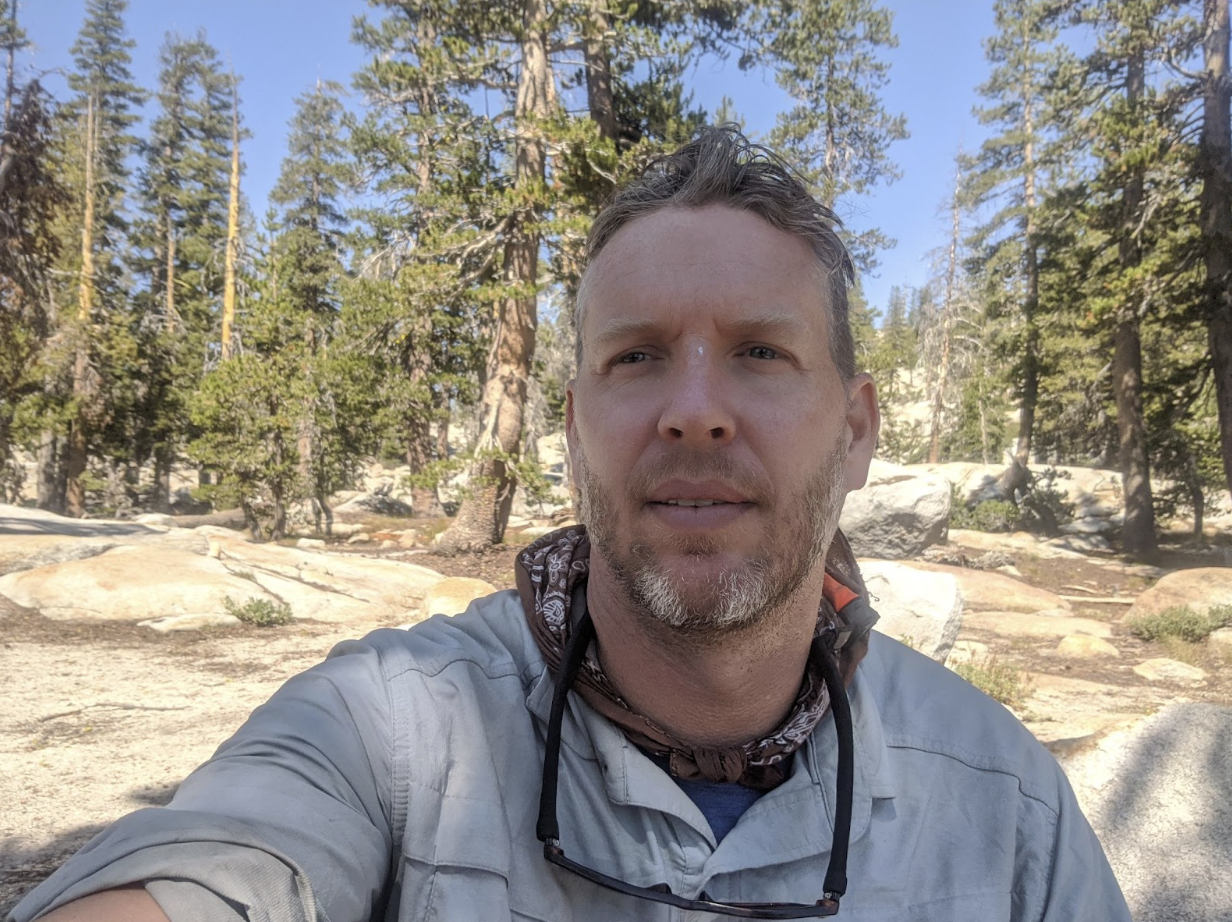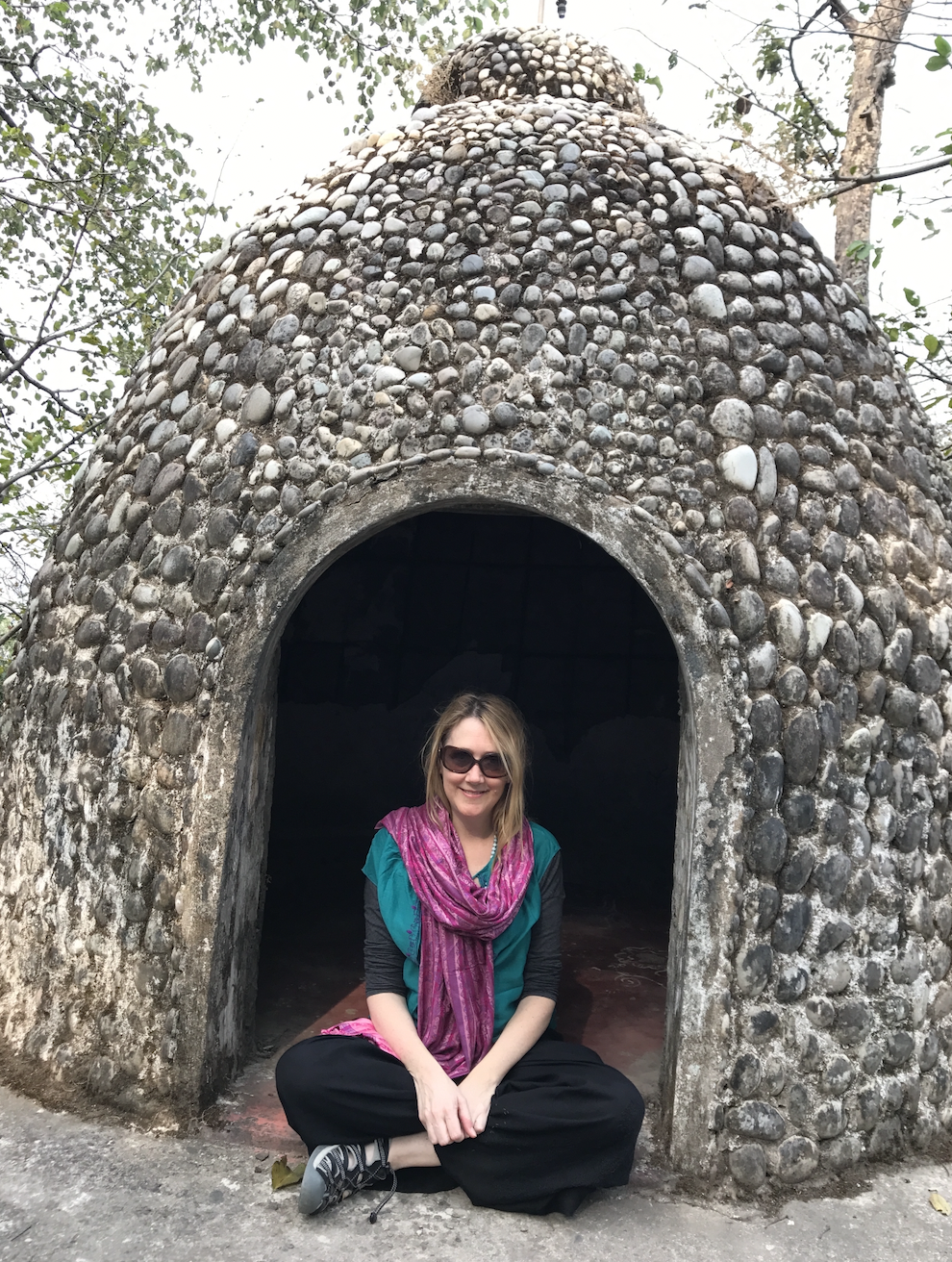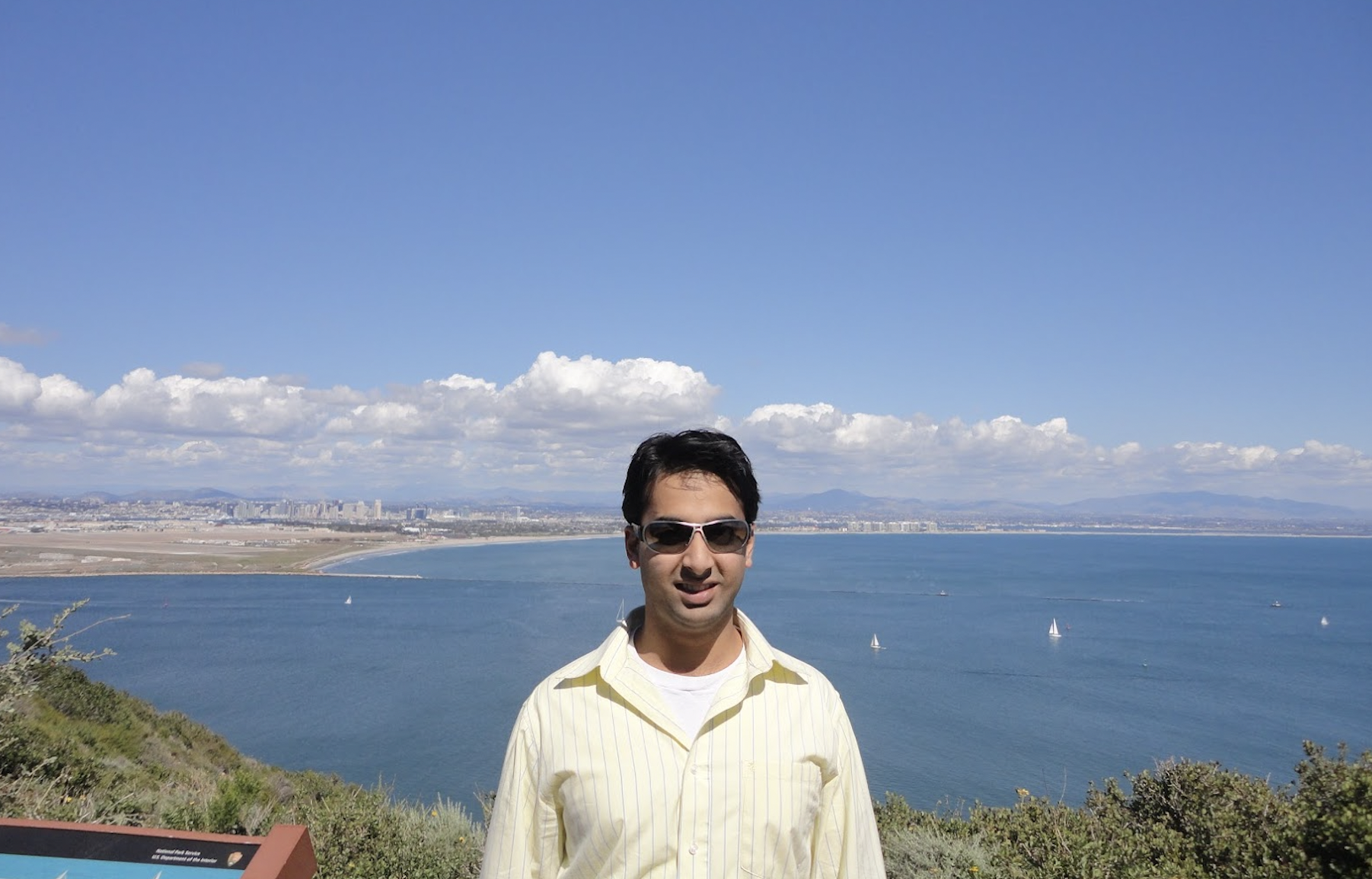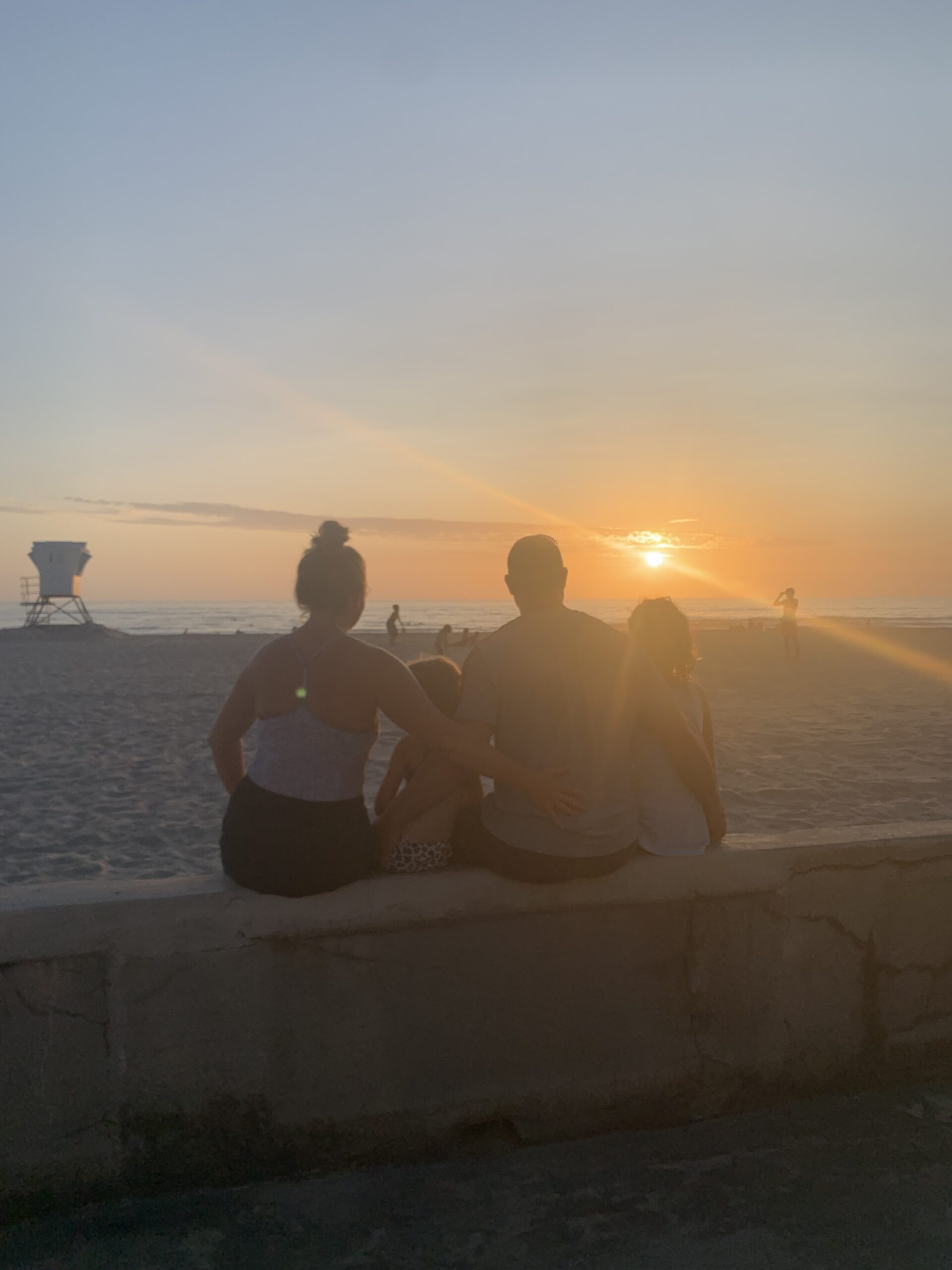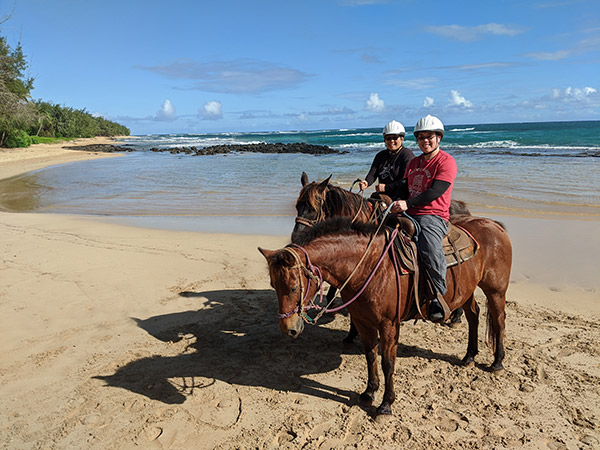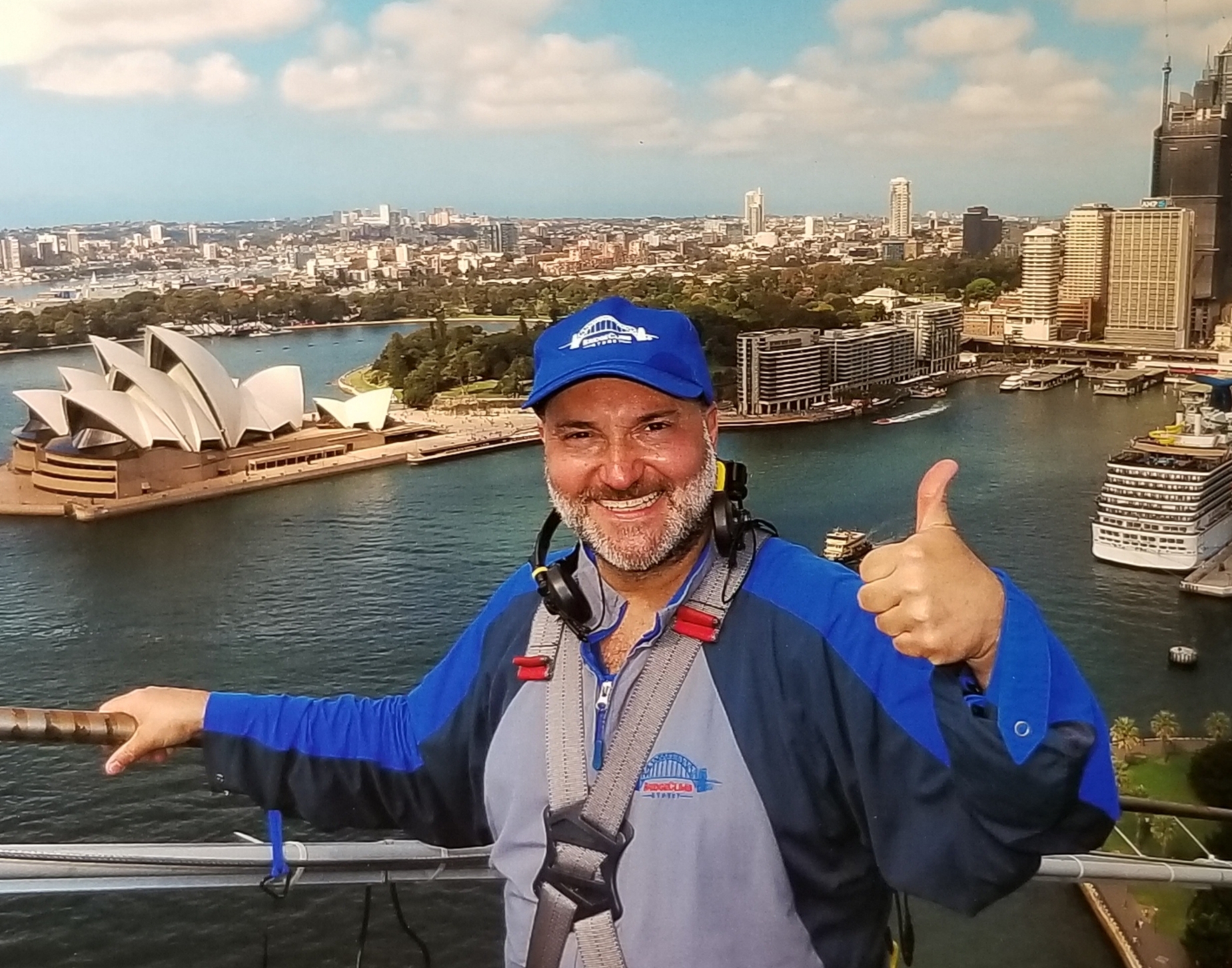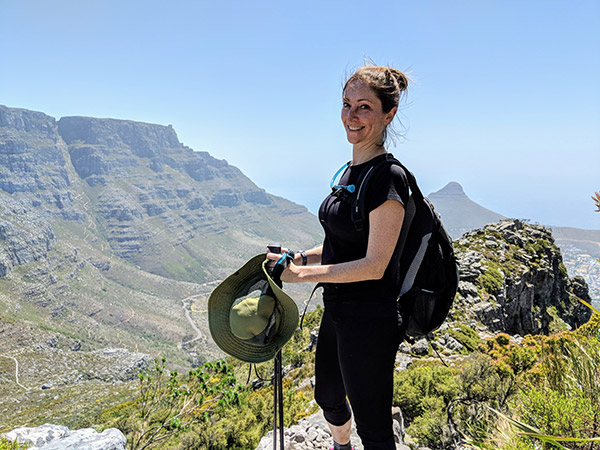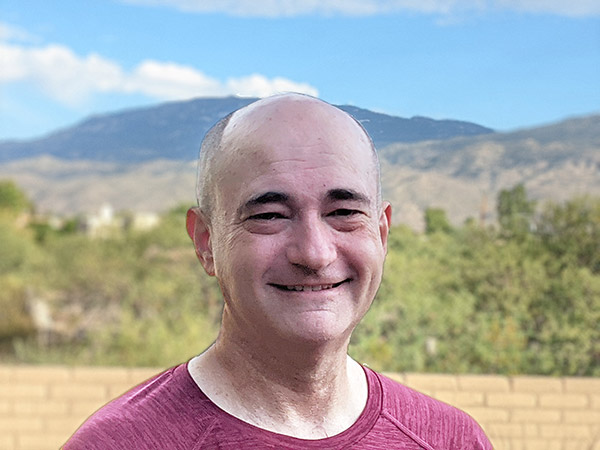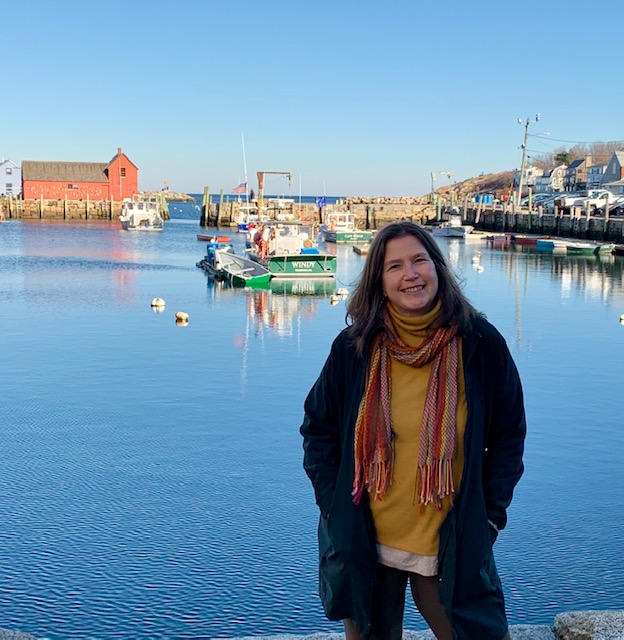The VR Revolution: Where Do We Fit In?
At Wordsmithie, we’re thinking a lot about the power that virtual reality has to usher in creative, social, and commercial change. As the VR community of creators, producers, and engineers pushes ahead at lightning speed, we are excited about VR’s potential for our clients, our industry, and ourselves.
Immersive experiences
I’ve always believed in the power of immersive experiences. I spent a good chunk of my career at MTV Networks in the ‘90s and aughts tapping into people’s passions through story, character, and community as we experimented with virtual environments, visual interfaces, and synchronized, cross-platform content. It’s exciting to see how VR is taking our natural desire as humans to engage, learn, and grow to an even more profound level.
It’s easy to think of VR as the domain of gamers wearing clunky headsets, assuming fictional superpowers or fighting battles in fantastical environments. For sure, VR is a natural evolution for gaming that will continue to drive early adoption of the medium, and brands will continue to leverage gaming to engage more deeply with their audiences. Along with gaming, cinematic arts will be a logical entree into VR for many consumers and brands alike as viewers immerse themselves in the scene, cradled by sight and sound.
The possibilities of VR
As we take a deeper dive into understanding where VR content is heading, the exciting possibilities reach far beyond just games and film. Creative agencies, tech companies, content providers and brands are coming together to transform the way we expand our experiences. For instance, NextVR is already creating front-row-seat VR experiences for live concerts, sporting and news events, and travel adventures. And companies such as Matterport are changing how real estate buyers explore potential home and office spaces, how travelers see the world, and more. Meanwhile, Google’s YouTube and Street View have rolled out 360-degree experiences for Google Cardboard (with more VR-rich experiences on the way for the release of Google’s Daydream VR system) — and students are already taking VR field-trips with Google Expeditions.
Big brands are already driving engagement with early-stage VR experiences, from Coca-Cola’s Virtual Santa’s Sleigh Ride to Marriott’s Travel Teleporter, touted by its creative / technology partner, Framestore VR Studio, as a “revolutionary 4D tourism experience.” (Marriott is also rolling out VR room previews for some properties). There’s no question that VR will change the consumer experience of brands — through storytelling, interactive shopping, virtual product trials and more — from the ground up.
The times are a’changing
Existing technology platforms are about to change radically as well. Rather than being another gadget that isolates us from one another (smartphone zombies have really become an epidemic), VR has the power to help us deepen our connections with each other and the world around us rather than siloing us. Social media will soon become three-dimensional, eschewing chronological feeds and timelines and asynchronous conversation in favor of rich, real-time interaction. Video conference calls will transform meetings into almost-there experiences that will feel like colleagues are across the table even if they’re across the country. (Then again, we may look kind of silly sitting around a virtual table with everyone wearing VR gear).
One of the most exciting aspects of VR is the potential impact it could have on health and well-being. Research is documenting VR’s power to foster greater empathy. Virtual immersion in faraway cultures or war-torn communities offers visceral experiences of wonder or shared suffering that our brains connect with on a much deeper level than what we experience while watching the nightly news, reading the newspaper, or skimming a friend’s travel blog.
At a VR conference this past summer, I had a conversation with a medical doctor who is dedicated to learning how VR can change the science of addiction and recovery, given how profoundly VR reaches into our psyches. He believes it may effect lasting behavioral change. The deeper implications for how VR could connect us emotionally (not just for entertainment or business purposes) are just beginning to emerge.
Why Wordsmithie cares about VR
At first glance, it would seem odd that an agency like Wordsmithie — focused primarily on words and written messaging — would seek a place in such a highly visual medium. But words are just another vehicle for stories. Our clients have always relied on us to help them tell stories about their brands, products, and customer relationships, and to share their vision for the future. From brainstorming with a product name that resonates at first glance, to creating a set of perfect taglines, to penning white papers and eBooks, we are, first and foremost, storytellers. The bridge to VR for us is a natural. Stories are, at their essence, a reflection of the shared human experience. And so is VR.
As VR evolves, Wordsmithie will be right there, doing some of the things we do best — providing clear, concise, meaningful messaging and creative ideas to help to engage, delight, and guide people through brand experiences. At this nascent stage of the VR industry, how people are introduced to and guided through their experiences will be critical — from the first glance at a VR product website, to how the packaging is written, to donning and setting up the device for the first time, and finally diving into the virtual worlds that await them.
New technology, same direction
In some ways, I feel like we’re back in the late ‘80s and early ‘90s, when I worked in the newfangled medium of interactive videodiscs. We blazed trails as we thought about how a user would move through an educational or entertainment experience, following their own path, in their own time, with non-linear stories that could lead them in almost any direction. Some of the rules we created about how to construct non-linear language now apply to VR.
Putting the participant in the driver’s seat with VR will continue to challenge storytellers like us and others, and require fresh thinking to make the most of this amazing new technology. Most importantly, the industry will rely on empathetic creators who intuitively put themselves into the shoes of the fan, player, and customer.
We’re excited by the virtual road ahead…. And we can’t wait to see where this new journey takes us, our clients, and the world.























